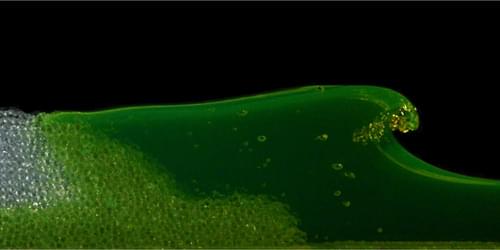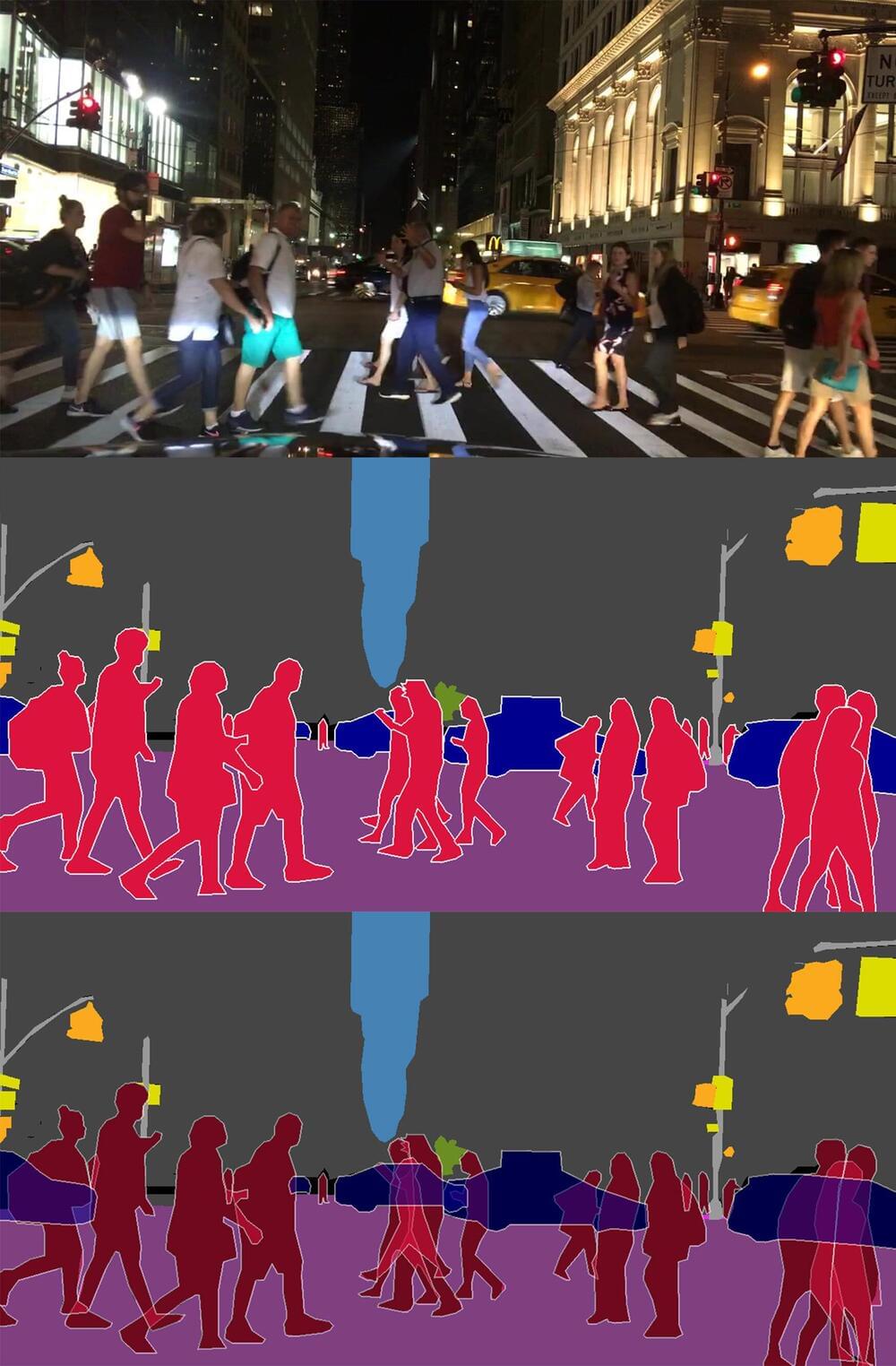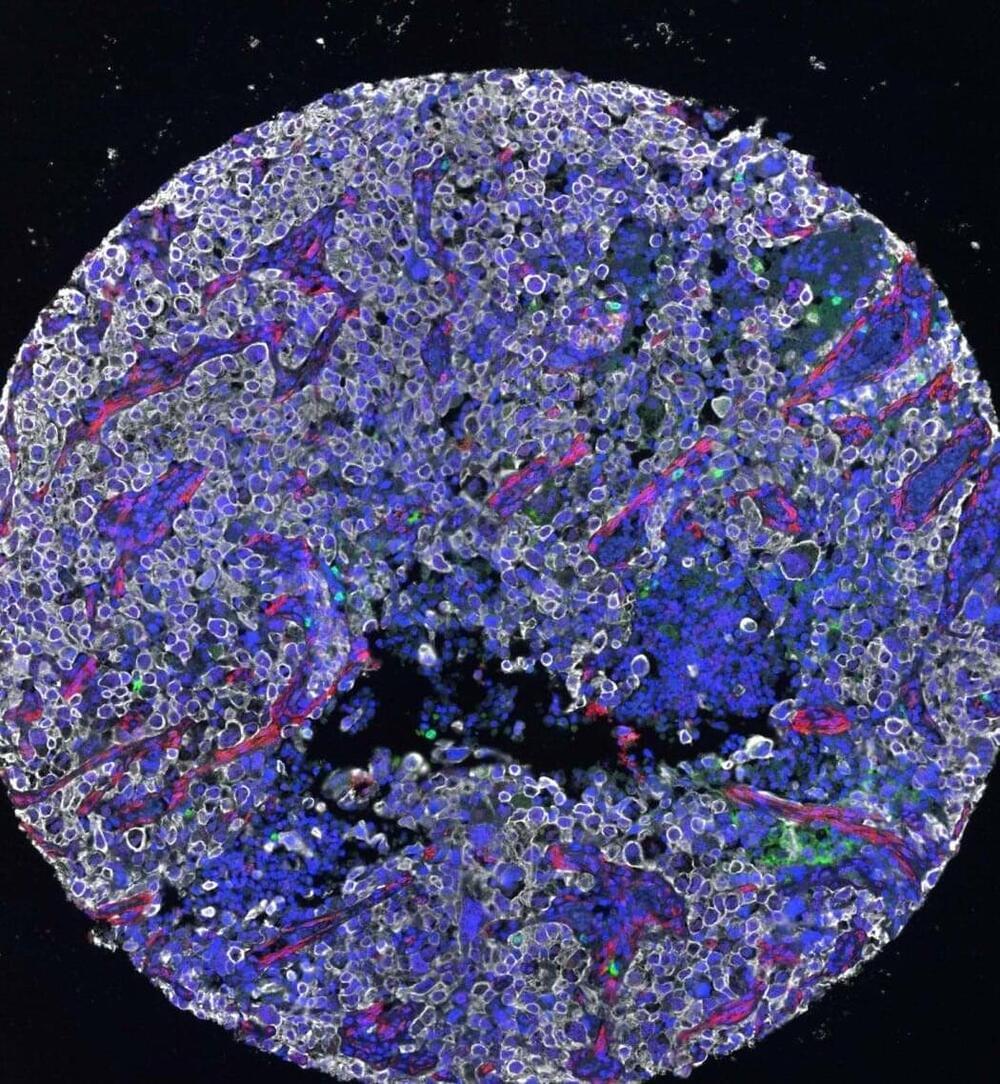A new model can accurately predict the height of waves created when a cliff collapses into water, allowing for a better evaluation of the threat the incident may pose to local people.



Cancer is one of the major global public health problems and is caused by abnormal cell proliferation. A plant immune protein has recently been found to enable widespread anti-tumor responses by alleviating micro-RNA
Ribonucleic acid (RNA) is a polymeric molecule similar to DNA that is essential in various biological roles in coding, decoding, regulation and expression of genes. Both are nucleic acids, but unlike DNA, RNA is single-stranded. An RNA strand has a backbone made of alternating sugar (ribose) and phosphate groups. Attached to each sugar is one of four bases—adenine (A), uracil (U), cytosine ©, or guanine (G). Different types of RNA exist in the cell: messenger RNA (mRNA), ribosomal RNA (rRNA), and transfer RNA (tRNA).
In recent years, engineers and computer scientists have created a wide range of technological tools that can enhance fitness training experiences, including smart watches, fitness trackers, sweat-resistant earphones or headphones, smart home gym equipment and smartphone applications. New state-of-the-art computational models, particularly deep learning algorithms, have the potential to improve these tools further, so that they can better meet the needs of individual users.
Researchers at University of Brescia in Italy have recently developed a computer vision system for a smart mirror that could improve the effectiveness of fitness training both in home and gym environments. This system, introduced in a paper published by the International Society of Biomechanics in Sports, is based on a deep learning algorithm trained to recognize human gestures in video recordings.
“Our commercial partner ABHorizon invented the concept of a product that can guide and teach you during your personal fitness training,” Bernardo Lanza, one of the researchers who carried out the study, told TechXplore. “This device can show you the best way to train based on your specific needs. To develop this device further, they asked us to investigate the viability of an integrated vision system for exercise evaluation.”

The study population comprised 6,245,282 older adults (age ≥65 years) who had medical encounters with healthcare organizations between 2/2/2020–5/30/2021 and had no prior diagnosis of Alzheimer’s disease. The population was divided into two cohorts: 1) COVID-19 cohort (n = 410,748)— contracted COVID-19 between 2/2/2020–5/30/2021; 2) non-COVID-19 cohort (n = 5,834,534)— had no documented COVID-19 but had medical encounters with healthcare organizations between 2/2/2020–5/30/2021. The status of Alzheimer’s disease and COVID-19 were based on the International Classification of Diseases (ICD-10) diagnosis codes and laboratory tests (details in the Supplementary Material).
We examined risks for new diagnosis of Alzheimer’s disease in COVID-19 and non-COVID-19 cohorts in all older adults, three age groups (65–74, 75–84, ≥85), and three racial/ethnic groups (Black, White, and Hispanic). Cohorts were propensity-score matched (1:1 using a nearest neighbor greedy matching) for demographics, adverse socioeconomical determinants of health including problems with education, occupational exposure, physical, social and psychosocial environment, and known risk factors for Alzheimer’s disease [13] (details in the Supplementary Material). Kaplan-Meier analysis was used to estimate the probability of new diagnosis of Alzheimer’s disease within 360 days after the COVID-19 diagnosis. Cox’s proportional hazards model was used to compare matched cohorts using hazard ratios and 95% confidence intervals. All statistical tests were conducted within the TriNetX Advanced Analytics Platform at significance set at p < 0.05 (2-sided).

How can mobile robots perceive and understand the environment correctly, even if parts of the environment are occluded by other objects? This is a key question that must be solved for self-driving vehicles to safely navigate in large crowded cities. While humans can imagine complete physical structures of objects even when they are partially occluded, existing artificial intelligence (AI) algorithms that enable robots and self-driving vehicles to perceive their environment do not have this capability.
Robots with AI can already find their way around and navigate on their own once they have learned what their environment looks like. However, perceiving the entire structure of objects when they are partially hidden, such as people in crowds or vehicles in traffic jams, has been a significant challenge. A major step towards solving this problem has now been taken by Freiburg robotics researchers Prof. Dr. Abhinav Valada and Ph.D. student Rohit Mohan from the Robot Learning Lab at the University of Freiburg, which they have presented in two joint publications.
The two Freiburg scientists have developed the amodal panoptic segmentation task and demonstrated its feasibility using novel AI approaches. Until now, self-driving vehicles have used panoptic segmentation to understand their surroundings.
Plentiful, safe, energy that burns up nuclear waste as fuel could be provided as soon as we build these reactor, There is no excuse for us freezing this winter! Watch and learn. Share widely to get the word out!
Worm-hole generators by the pound mass: https://greengregs.com/
For gardening in your Lunar habitat GalacticGregs has teamed up with True Leaf Market to bring you a great selection of seed for your planting. Check it out: http://www.pntrac.com/t/TUJGRklGSkJGTU1IS0hCRkpIRk1K
Awesome deals for long term food supplies for those long missions to deep space (or prepping in case your spaceship crashes: See the Special Deals at My Patriot Supply: www.PrepWithGreg.com.


Tumor cells are notoriously good at evading the human immune system; they put up physical walls, wear disguises and handcuff the immune system with molecular tricks. Now, UC San Francisco researchers have developed a drug that overcomes some of these barriers, marking cancer cells for destruction by the immune system.
The new therapy, described in Cancer Cell, pulls a mutated version of the protein KRAS to the surface of cancer cells, where the drug-KRAS complex acts as an “eat me” flag. Then, an immunotherapy can coax the immune system to effectively eliminate all cells bearing this flag.
“The immune system already has the potential to recognize mutated KRAS, but it usually can’t find it very well. When we put this marker on the protein, it becomes much easier for the immune system,” said UCSF chemist and Howard Hughes Medical Institute Investigator Kevan Shokat, Ph.D., who also helped lead the new work.
Designer Oscar Vinals introduced his concept for HSP Magnavem in 2018, but it’s getting attention again because of the developments in the industry.

Two big players in computing and research are trying to lay the groundwork for a future quantum internet.
Amazon Web Services (AWS) is teaming up with Harvard University to test and develop strategies for networking together quantum technologies. Their partnership was announced today, and is a continuation of AWS’ goals to create a communications channel between the quantum computers that it is also working on in parallel.
During the three-year research alliance, funding from Amazon will support research projects at Harvard that focus on quantum memory, integrated photonics, and quantum materials, and help upgrade infrastructure in Harvard’s Center for Nanoscale Systems.